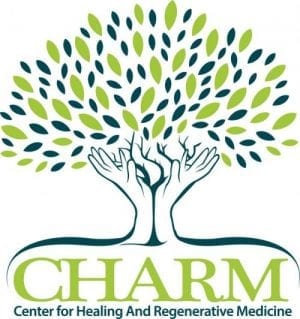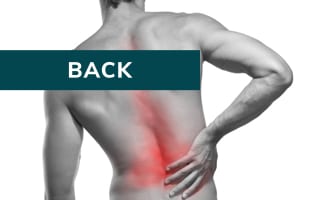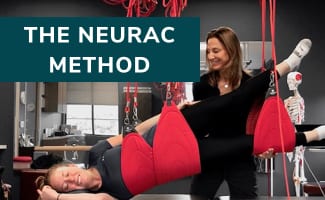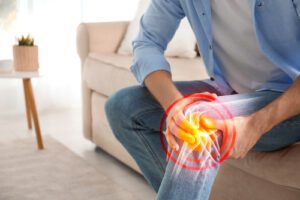Hip pain can be very complicated to diagnose and even more complicated to resolve. There are many possible sources of hip pain which may include sources from the lumbar spine, the sacroiliac joint, the hip joint itself, the tendons and ligaments that surround the hip joint, and pelvic organ sources. Understanding the possible sources of pain in the hip can help an informed patient choose among the best strategies for joint treatment and pain relief.
A common source of hip pain is hip osteoarthritis which involves degeneration of the cartilage and the support structure of the “ball and socket” of the hip joint. The ligaments and joint capsule are flexible, tough sheets of tissue that hold the ball in the socket and these often become stretched out long before the cartilage becomes damaged. All of the structures of the body attempt to repair themselves over many years of use, including the cartilage of your joints. Even mildly abnormal weakness of the support structures allows the weight bearing surface of the hip joint to become damaged faster than it can repair itself.

Many muscles control and move the hip joint. Many of these start at the buttock area and attach along the outer aspect of the hip. The tendons that connect the muscles to the bones at each end can become strained, leading to tendinitis or bursitis. In mild or early cases there is often inflammation but over months to years, the process of degeneration typically becomes more prominent. Degeneration leads to fraying and damage to the tendons and ligaments and this is often quite painful, especially when lying on one side to sleep at night, or with walking and exercise.
Treatment Options for Hip Pain
- Initially, treatment will often involve physical therapy to help with movement, flexibility, and strengthening with focused education to improve the patient’s use of their joint structures.
- Anti-inflammatory medication is often recommended, but these have significant limitations both because of substantial side effects, but also because blunting inflammation when the structures have become more degenerative might actually worsen the joint condition as the natural healing process may become restricted.
- Pain medications are also limited due to side effects including tolerance and addiction, as well as constipation, sleepiness and nausea.
- Steroid injections are sometimes used but these are limited due to the fact that the cartilage cells are damaged by repetitive steroid injection.
- Surgery for the hip has in the past included arthroscopy but experience and studies over the last 20 years have shown that this has mixed results and frequently the patient has no change or worsening of their pain after surgery. Joint replacement surgery has proven to be generally successful when the degeneration has become too severe to be rescued by other efforts.

Advanced Option for Hip Pain
What options are available for the patient with mild to moderate hip arthritis or predominantly tendon / ligament pain, or where the patient is relatively young, where surgical joint replacement would be an extreme option?
This is the “sweet spot” of Regenerative Medicine for hip joint pain. Frequently, the tendon attachments, ligaments, joint capsule and cartilage can be stimulated to repair and can become healthier and less painful, helping to preserve the joint and allow the patient many more years of function before possibly needing joint replacement. Regenerative Medicine uses specific injections of growth factors into the joint and surrounding tissues, using specialized guidance techniques including fluoroscopy and ultrasound to target the painful, damaged structures.
Today’s advanced solutions include Platelet Rich Plasma and Stem Cells taken from your own blood and your own bone marrow through minimally invasive techniques, which stimulate the cells in the targeted areas to become healthier. This can all be done in less than 2 hours in an outpatient center that specializes in these approaches.

If you or a friend or family member is suffering from hip pain, you should explore the options available now using the powerful growth factors that are already contained within you – your platelets and Stem Cells.


































